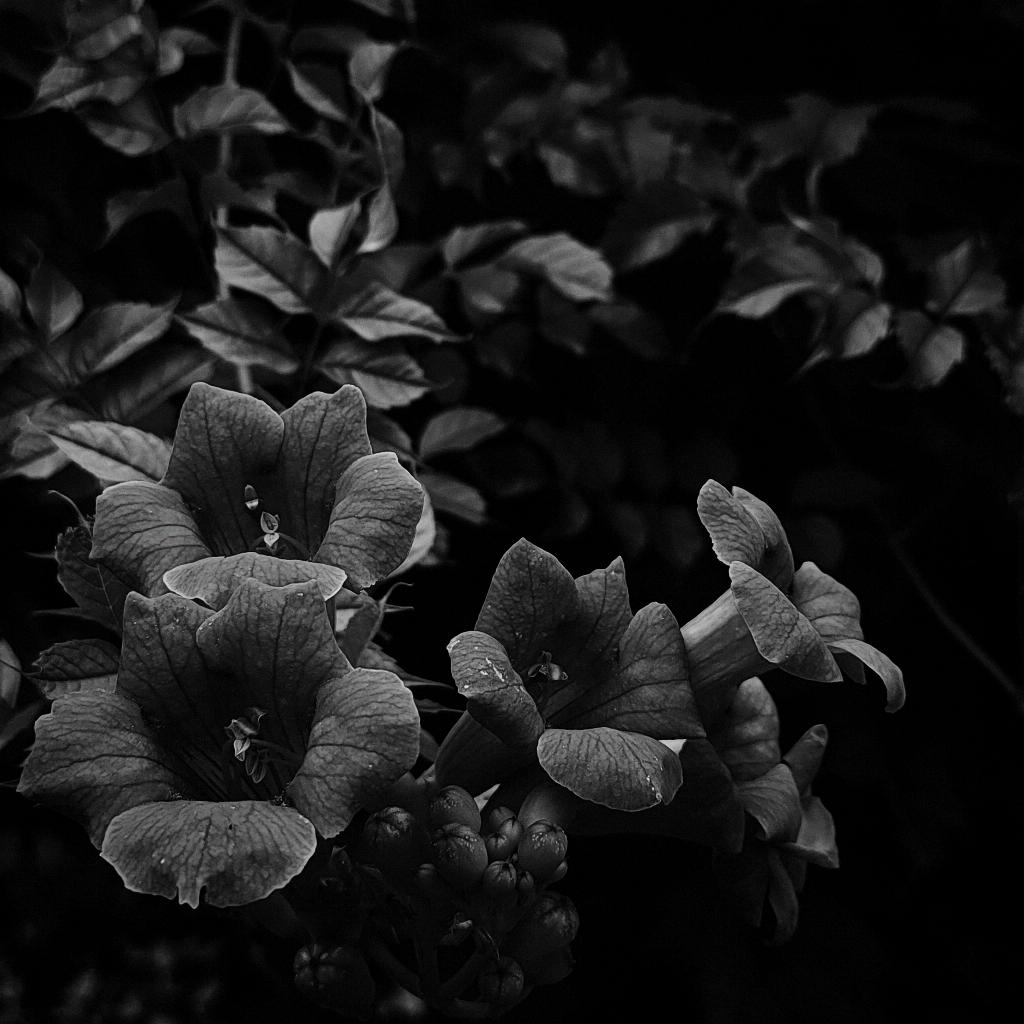When observing a petunia plant, one of the first things that may catch your eye is its prolific blooming nature. Petunias, belonging to the Petunia spp. genus, are beloved for their ability to produce an abundance of bright, trumpet-shaped flowers that come in a wide array of colors. From vibrant pinks and purples to delicate whites and reds, petunias boast a palette that can suit any garden’s aesthetic.
Flower Characteristics
The flowers of a petunia plant typically showcase a wide trumpet-like shape, making them easily distinguishable from other garden blooms. Although petunias come in various colors, it is important to note that true blue petunias do not exist naturally.
Foliage and Texture
Besides their striking flowers, petunia plants also possess unique foliage that adds to their charm. The branching leaves of a petunia are hairy in texture and may feel somewhat sticky to the touch. This tactile quality can be an interesting feature for those exploring different plant varieties in their garden.
Growth Habits and Dimensions
When fully grown, petunia plants typically exhibit a bushy and compact growth habit, making them ideal for border plantings, hanging baskets, or container gardening. Depending on the specific cultivar, petunias can range in size from a few inches to over a foot in height, providing flexibility for gardeners working with different space constraints.
Seasonal Considerations
For many gardeners, petunias are a staple in annual flower displays and summer gardens. These plants thrive in warm weather conditions and can add a burst of color to outdoor spaces during the spring and summer months. However, some varieties may also be suitable for cooler climates or winter flowering, offering year-round opportunities for petunia enthusiasts.
Water and Light Requirements
To ensure the best performance from your petunia plants, it is essential to provide them with adequate water and sunlight. Petunias generally prefer full sun conditions to encourage robust flowering, although they can tolerate some shade. Regular watering, especially during hot and dry periods, will help maintain the health and vitality of your petunias.
Soil and Fertilization Needs
When cultivating petunias, it is advisable to plant them in well-draining soil that is rich in organic matter. Additionally, incorporating a balanced fertilizer into the soil or using a controlled-release fertilizer can help promote healthy growth and abundant blooms throughout the growing season.
Common Varieties
There is a wide range of petunia varieties available to suit different preferences and garden designs. From grandifloras with large blooms to multifloras offering multiple flowers per stem, petunia enthusiasts can explore various options to create diverse and captivating displays in their outdoor spaces.
Creative Uses in Gardening
Due to their versatile nature and vibrant colors, petunias can be utilized in a multitude of garden settings. Whether cascading elegantly from hanging baskets, bordering pathways with their bright hues, or adding a pop of color to mixed containers, petunia plants offer endless possibilities for creative garden designs.
Attracting Pollinators and Wildlife
In addition to their aesthetic appeal, petunias can play a role in attracting beneficial pollinators such as bees and butterflies to your garden. The brightly colored flowers of petunia plants act as beacons for these pollinating insects, contributing to the overall biodiversity and ecological balance of your outdoor space.
Container Gardening Tips
For gardeners looking to include petunias in their container gardening endeavors, it is important to select well-draining pots, utilize quality potting mix, and provide regular care and maintenance for optimal growth. Incorporating petunias into container arrangements can add a splash of color to patios, balconies, and other small garden spaces.

Conclusion
In conclusion, the visual appeal and versatile characteristics of petunia plants make them a popular choice for gardeners seeking to enhance their outdoor spaces with vibrant colors and abundant blooms. By understanding the distinctive features of petunias, from their trumpet-shaped flowers to hairy foliage and compact growth habits, gardening enthusiasts can cultivate these plants successfully and enjoy their beauty throughout the growing season.
